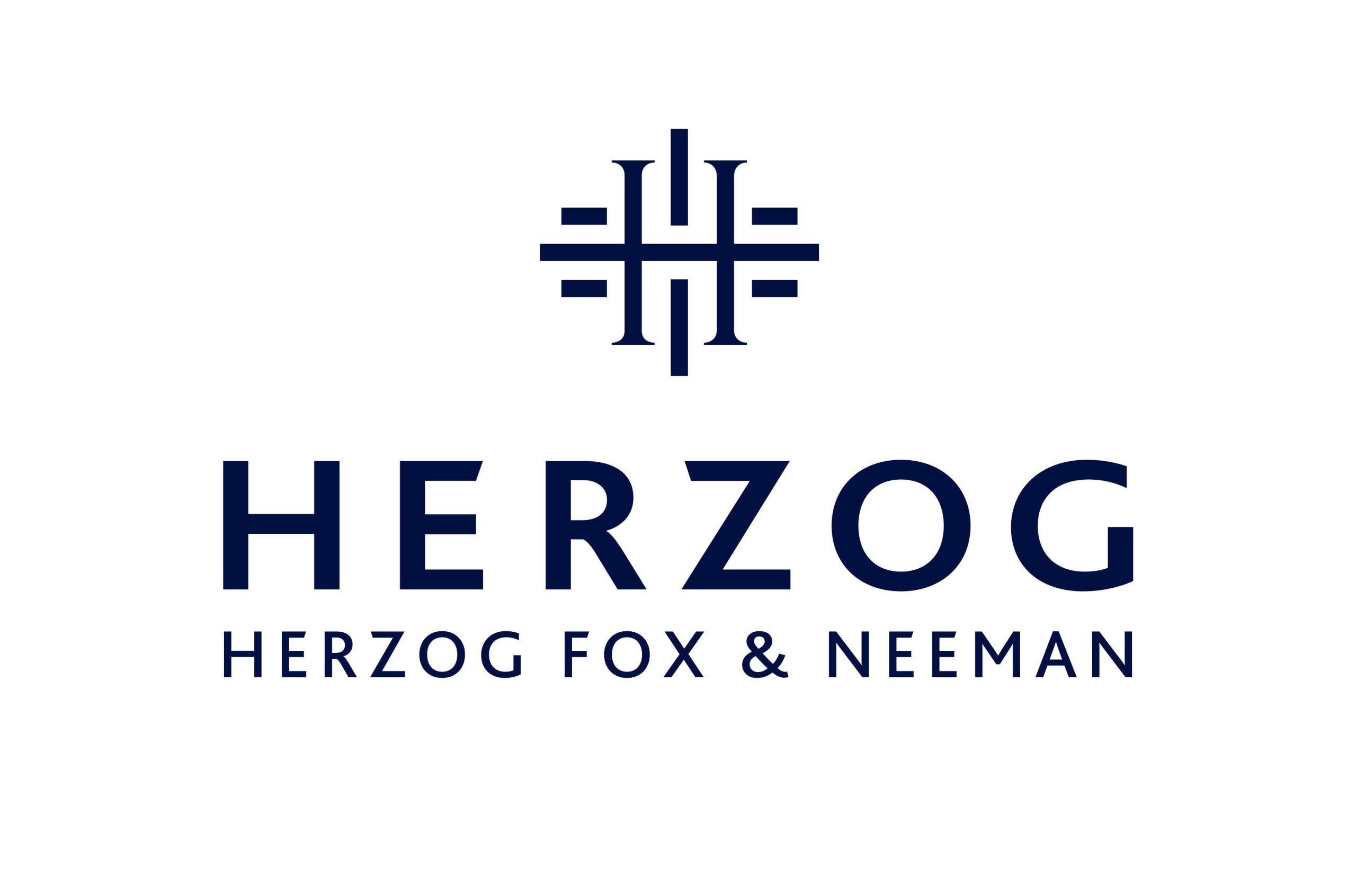New Israeli Ruling Rejects Tax Authority’s Position Regarding Change of Business Model
10 May 2022
Dear Clients, Colleagues and Friends,
The Tel-Aviv District Court recently issued its ruling in the Medingo case in which the court was asked to review the decision of the Israel Tax Authority (the “ITA”) to tax the appellant in connection with a deemed transfer of its functions, assets and risks (“FAR”) to a related party. The issue of FAR transfers has been a frequent contention point in Israeli income tax audits in the last decade, as the ITA routinely claims that local tech companies that are acquired by multinationals transfer their FAR immediately following their acquisition. The ITA’s position is arguably based on the OECD transfer pricing guidelines with respect to business reorganizations and changes of business models. FAR transfers have been the focus of two separate court rulings issued by the Central Region District Court in recent years: the Gteko case, in which the ITA prevailed and a FAR transfer was deemed to have occurred, and the Broadcom case in which the taxpayer prevailed and the court ruled that there was no FAR transfer (see our client update here).
The Medingo court followed the Broadcom ruling and rejected the ITA’s claims. This client update summarizes the main determinations of the court in the Medingo ruling.
Facts of the Case
Medingo Ltd., the appellant, was an Israeli company that developed a proprietary insulin pump (the “Product”). In April 2010 the Roche pharmaceutical group acquired the entire share capital of the appellant for USD 160m in cash and an additional earn-out payment of up to USD 19m. Roughly months after the acquisition, the appellant entered into four intercompany agreements with retroactive effect with other companies in the Roche group, and all of which were set to expire by the end of 2013, as follows:
- R&D services agreement, pursuant to which the appellant provided R&D services in exchange for cost + 5% remuneration. All IP developed under the R&D services agreement was owned by Roche.
- Services agreement, pursuant to which the appellant provided Roche with additional marketing, technical support, administration and consultation and support services with respect to certain patents, in exchange for a cost + 5% remuneration.
- Manufacturing agreement, pursuant to which the appellant provided Roche with manufacturing and packaging services with respect to the Products, in exchange for a cost + 5% remuneration.
- License agreement, pursuant to which Roche was allowed to manufacture, use, sell, exploit, continue development and sublicense to related parties the legacy IP that the appellant had developed until the acquisition took place, in exchange for 2% of the net revenue from sale of products in which the appellant’s patents were used.
Furthermore, in January 2012, the appellant’s employees were notified that the operations in Israel would be terminated, no later than December 31, 2013. On November 1, 2013 the appellant entered into an agreement sold its legacy IP to the Roche group for approximately NIS 166m, roughly USD 45m.
The ITA classified the foregoing transactions as a single scheme to transfer the FAR of the appellant to Roche immediately following its acquisition in 2010, resulting in the appellant being subject to a capital gains tax on the sale of FAR. The ITA used the acquisition price of the appellant shares paid by Roche as a benchmark to determine the value of the FAR at NIS 481m, roughly USD 160m (with certain adjustments).
The court reviewed two separate questions in this matter: First, whether the intercompany agreements, disregarding the fact that they were entered into between related parties, should be viewed as a sale of the business activity of the appellant. Second, whether the fact that the parties are related affected the characterization of the agreements such that the agreements should be effectively viewed as a sale of the business activity. The court’s discussion on each of these questions is summarized below.
Should the intercompany agreements, disregarding the fact that they were signed between related parties, be viewed as a sale of the business activity of the appellant?
The court answered this question in the negative by analyzing the changes in the functions, assets and risks of the appellant and whether such changes meant that FAR was indeed transferred.
Functions
The court determined that the appellant continued its activity, including with respect to its R&D, manufacturing, marketing and management functions. The court rejected the ITA’s claims that the management and decision-making regarding these functions were transferred from the appellant. The court noted in this respect that the main relevant function is conducting the actual R&D (and not its management) and that the R&D budget was decided in cooperation between both parties to the agreement. The court emphasizes that the fact that the R&D products are owned by Roche does not mean that the R&D function is no longer owned by the appellant. The court also relied on the fact that the number of the appellant’s employees increased after its acquisition, as did its revenues (in fact, over the years the appellant went from a loss position to a profit position).
In criticizing the ITA, the court noted that it “does not distinct between Roche as a shareholder, and Roche as an acquirer of [business] activity”. In this respect, the court confirmed that controlling shareholders may “set the [business] policy,” with or without regard to intercompany agreements, without it leading to the conclusion that “from now on there are no significant functions performed by the appellant and the appellant is not in charge of managing its ongoing affairs.”
Assets
The court concluded that the legacy IP remained in the possession of the appellant and was not transferred. The license agreement was for a limited period only following the expiration of which, Roche acquired the legacy IP from the appellant in order to continue to exploit it. Roche was also not allowed to license the IP to unrelated parties. Importantly, the court also rejected the ITA’s claim that it is not possible to differentiate the “legacy IP” from the “new IP” developed under the R&D services agreement and rejected the claim that the useful life of the IP was limited to the duration of the license agreement, as Roche in fact acquired the IP after the end of the license period.
Risks
The court accepted the appellant’s arguments that it has not divested of its business risks and recognized the risk of having only one client and the fact that the royalties and continued activity of the appellant depend on the business success of the Product (even if to a lesser extent than before). The risk related to the failure of the Product remained with the appellant and there was a risk, which actually materialized, that the appellant’s activity would be terminated if the Product failed.
The court rejected the ITA’s position that reducing risks is indicative of a sale of business activity, stating that the main question is whether, following the signing of the intercompany agreements, the appellant became indifferent to its business activities and results, or whether it continued to develop its business, even if under different conditions. Since the appellant clearly did not abandon its business activity (in contrast to what occurred in the Gteko case), the risk analysis cannot lead to the conclusion that the business activity was sold.
The court criticized the position of the ITA, which it described, as “a-priori, every license and R&D agreement between companies in the same field is suspect as a disguised sale”. The court states that “an explicit legal provision or explicit terms” must be identified in order to justify the “fiction” of viewing the license as a sale without reviewing the circumstances of the case and the conduct of the parties. The court emphasized that the change in the activity of the appellant following the signing of the intercompany agreements does not necessarily or automatically translate into the appellant selling its activity to Roche.
Did the fact that the parties are related affect the characterization of the inter-company agreements such that the agreements should effectively be viewed as a sale of the business activity?
The court referred to the OECD transfer pricing guidelines that instruct tax authorities in characterizing transactions among related parties and the proper transfer pricing of the transaction. The court noted that under these OECD guidelines, the characterization of the transaction would be different from the actual agreements between the parties only in rare cases where the “agreements are fundamentally unfounded or do not allow by any means to determine an arm’s length price.”
With respect to the characterization of the transaction, the court found that the licensing and R&D agreements are common among unrelated parties and therefore the ITA cannot argue that the characterization of the agreement was necessarily affected from the relationship between the parties. Accordingly, the court found that the ITA can, at most, challenge the pricing of these transactions. The ITA made no arguments with respect to the arm’s length consideration that should have been paid in these intercompany transactions.
The court noted the business logic behind the appellant entering into these agreements and the fact that the Product had not been profitable up to the acquisition. The intercompany agreements actually provided the appellant with greater chances of survival and ensured its future. In this context, the court criticized the ITA for taxing the appellant in hindsight and noted that under the OECD transfer pricing guidelines, a transaction will be re-characterized only if there is a “clearly more attractive opportunity” (emphasis in source). The ITA cannot reclassify a transaction simply because the appellant had other business opportunities.
The court went on to reject the ITA’s argument that there was no business logic for the appellant to prefer the intercompany agreements over other business alternatives in light of the loans that Roche extended to the appellant. The court determined that Roche cannot be expected to continue to extend loans forever and other business opportunities should be examined while considering both parties to the transaction.
Finally, the court rejected the ITA’s position that Roche decided to transfer the FAR at the Medingo Acquisition date. The court determined in this context that even if FAR was transferred (which was not the case), then such transfer cannot be dated back to the date of the decision to transfer FAR, but only to the date of the actual transfer.
The Medingo ruling is another hit to the ITA’s broad view of FAR sale transactions reflected in a circular it published in 2018 (see our client update here). The court’s ruling is consistent with the Broadcom ruling, which is cited repeatedly by the Tel-Aviv District Court in Medingo, and demonstrates that Israeli courts will not easily interfere with the characterization of a transaction between related parties.
It remains to be seen whether the ITA will decide to appeal this decision to the Supreme Court, or rather refrain from challenging it, as was the case with respect to the Broadcom ruling.
We are available if you want to further discuss the potential impacts of the Medingo ruling or require any tax advice in connection with the matters discussed herein.
| Meir Linzen | Chairman Chairman of the firm and Head of Tax Department linzen@herzoglaw.co.il |
Guy Katz | Partner
Tax Department |
|
Yuval Navot | Partner
Tax Department |
Ofer Granot | Partner Tax Department granoto@herzoglaw.co.il |
| Eyal Bar-Zvi | Partner Tax Department barzvie@herzoglaw.co.il |
Eldad Chamam | Partner Tax Departmentchamame@herzoglaw.co.il |
| Ehab Farah | Partner Tax Department farahe@herzoglaw.co.il |
Amir Cooper | Partner
Tax Department |
|
Ronen Avner | Associate
Tax Department |





